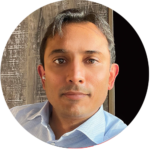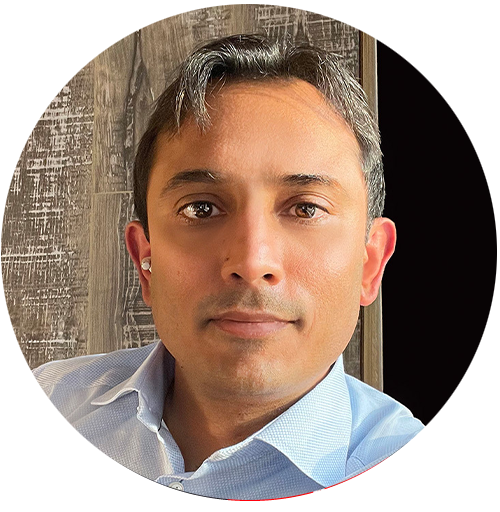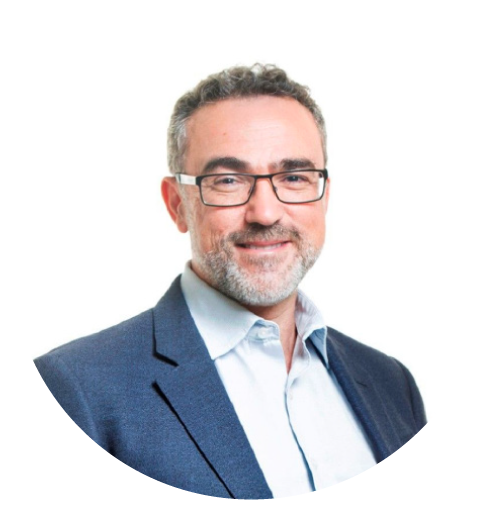
MODULE 1


- Understand normal sleep
- Understand stages of sleep (old and new nomenclature)
Understand the NORMAL patterns of sleep and the distribution of sleep stages across the night.
- Recognise the stages of sleep on a sleep study
Understand the relationship between
REM sleep & Pain- Discuss factors that modify sleep stage distribution
- Why do we need sleep
o Daytime sleepiness/alertness
o Acute and chronic sleep deprivation
- Understand the prevalence of sleep issues in the society
- Understand abnormal sleep
o What does it look like on a sleep study?

- Understand the definitions of apnoea, hypopnea, central apnoea
- Understand Arousal Index, AHI, RERA, RDI. When are each used? What are the relationships between them?
Understand the definition of Obstructive Sleep Apnoea (OSA)
Understand what is upper airway resistance syndrome

Understand what defines Upper Airway Resistance Syndrome (UARS)
- Understand tiredness and its multiple differential diagnoses
- Understand the concept of snoring – is it really important to treat?
- Understand the anatomy and physiology of the upper airways?
Understand the major causes of Sleep Disordered Breathing (SDB)?

- Understand the major causes of Sleep Disordered Breathing (SDB)?
o What causes the narrowing of the airways and what should we do about them?
o Is nasal breathing important? What should we do with people who breathe through their mouth?
- Understand the medical and dental effects of sleep disordered breathing
LEVEL 1


- Understand bruxism as a movement disorder
- Understand other movement disorders and their relationship to REM sleep and sleep breathing issues.
- Understand how to treat bruxism. Should you treat bruxism with splints? And what about botox?
- Understand the potential relationship between nutritional deficiencies, gut microbiome, REM sleep and bruxism
- Understand the concept of headaches and REM sleep
- Understand the relationship between bruxism and TMD

- Understand various questionaries used in sleep.
- Understand how to screen patients with 3 questions

Understand how to examine patients with sleep disorders
Understand how to identify these patients by just looking at them, without them opening their mouths.
Understand what to look for extra-orally and intra-orally
Understand how do you assess nutritional status with a physical exam and history

Understand snoring and sleep apnoea in children
Understand the approach to manage sleep breathing issues in a child


MODULE 2


Understand different types of sleep studies
Understand how we do sleep studies
Understand how to interpret sleep studies
o What results are we looking for? What do they all mean?

-
Understand the role of radiographs, including OPG, Lat Ceph, CBCT
Understand the role of blood tests
- How to interpret results

- Understand the causes of tiredness
- Understand the basis of chronic disease
- Understand the role of Magnesium in sleep
- Understand the role of serotonin and melatonin in sleep
Understand the concept of Methylation and how B12 and Folate also plays a role in sleep

- Understand the concept of stress and cortisol, and how it effects sleep
Understand the relationship of parasympathetic system and sleep, and the role of acetylcholine, vitamin B5 and vitamin D
- Understand the role the gut plays in sleep.
- Understand the relationship of sleep, nutrition and headaches.
LEVEL 1


- Do we need to treat all patients with OSA?
- What are the treatment options for managing OSA?
- Does weight really play a role?
- How does surgery play a role and when does it play a role?
- What about CPAP? Is it superior? Or can MAS do just fine?
- What happens if my patient has been treated for OSA and sleep study shows they are fine, but they are still tired all the time?
- Do lasers really work for snoring and sleep apnoea?
- How do I nutritionally supplement? Are there any recommended doses and what time should they be taken?
- Are there any interaction of nutritional supplements with regular medications?

- How do we do a MAS?
o What bite do I take?
o But others are taking a bite differently. What is the difference?
o What if the patient is not getting better?

- Understand how to take bites for mandibular advancement splints.
- Understand how to send to lab and what to ask for


MODULE 3


Disordered sleep is prevalent, affecting 30% of children. Disordered sleep affects mood, behaviour and cognition and has an adverse impact on the family. Adverse intellectual impacts may be irreversible.
Snoring, even if non-vibratory (heavy breathing) can indicate the presence of underlying Obstructive Sleep Apnoea (OSA), Allergic Rhinitis, Gastro-oesophageal Reflux Disease and/or structural anomalies. These are also important contributors to adverse dentofacial outcomes.
We all know that snoring even without OSA can have adverse neurocognitive and dentofacial consequences. Around 10% of children snore, only 3% of children have OSA. What’s going on with the other 7% of snorers with sleep difficulties?
We will try and explore snoring and sleep difficulties in children from a new perspective and establish a background knowledge base from which we can start to tackle real world clinical conundrums in paediatric sleep.
- Understand the health burden of snoring and sleep difficulties in children
- Understand the symptoms, signs and tests which help us evaluate snoring and sleep difficulties in children
- Understand the importance of a multidisciplinary approach to the diagnosis and management of snoring and sleep difficulties in children
- Understand the differential diagnosis of snoring and sleep difficulties in children

This interactive discussion will build on the background knowledge base of my morning presentation.
A brief screening history mnemonic will be suggested, the essential elements of the physical examination and brief case histories together with digital sleep study data including video will be presented.
Hopefully this will illustrate a practical approach to the clinical conundrums faced in the real world by health professionals interested in paediatric sleep disorders.
- Learn a quick practical way to ask parents about sleep difficulties in children and the essentials of the physical examination relevant to sleep disorders.
- Learn about how we should approach the many and varied presentations of snoring and sleep difficulties in children
- Learn how sleep studies help in the diagnosis and management of various paediatric sleep disorders
Understand more about how a sleep paediatrician, ENT surgeon, paediatric gastroenterologist, dentist, orthodontist, paediatric dentist, orofacial myologist, speech therapist, educator, occupational therapist work together to address sleep disorders in children

- Understand the importance of treatment of the facial muscles as adjunctive therapy of OSA
Understand there is more to OSA when treating sleep
Understand there are sleep issues other than OSA, and what to questions to ask
Understand the importance of Oral Myology Therapy (OMT) post surgery
Understand how OMT improves CPAP and Mandibular Advancement Splint (MAS) treatment

- Understand OM therapy techniques to introduce to your patient care – practical
LEVEL 1


- Understand that nasal obstruction in adults is common
- Recognise that most patients with nasal obstruction don’t realise they are obstructed
- The key questions that reveal unrecognised obstruction
- The main causes of obstruction (anatomical and mucosal)
- How to manage nasal obstruction (investigations and treatment)
- Live demonstration of nasal endoscopy for a volunteer
- Surgical videos

- Understand that nasal obstruction in children is very common
- Signs and symptoms of nasal obstruction in children
- The 4 key causes of obstruction in children (very different to adults)
- Allergic rhinitis in a nutshell
- How to manage nasal obstruction in kids (investigations and treatment)
- Surgical videos

- Understand that there are validated evidence-based alternatives to CPAP
- Identify the key sites of anatomical obstruction
- Drug Induced Sleep Endoscopy (DISE) – a revolution in diagnosis
- A deep dive into each surgical option – details, pros and cons
- An algorithmic approach to management

ENQUIRE
Testimonials
Speak Louder.
Join the Elites
Together, we achieve a higher vision.






